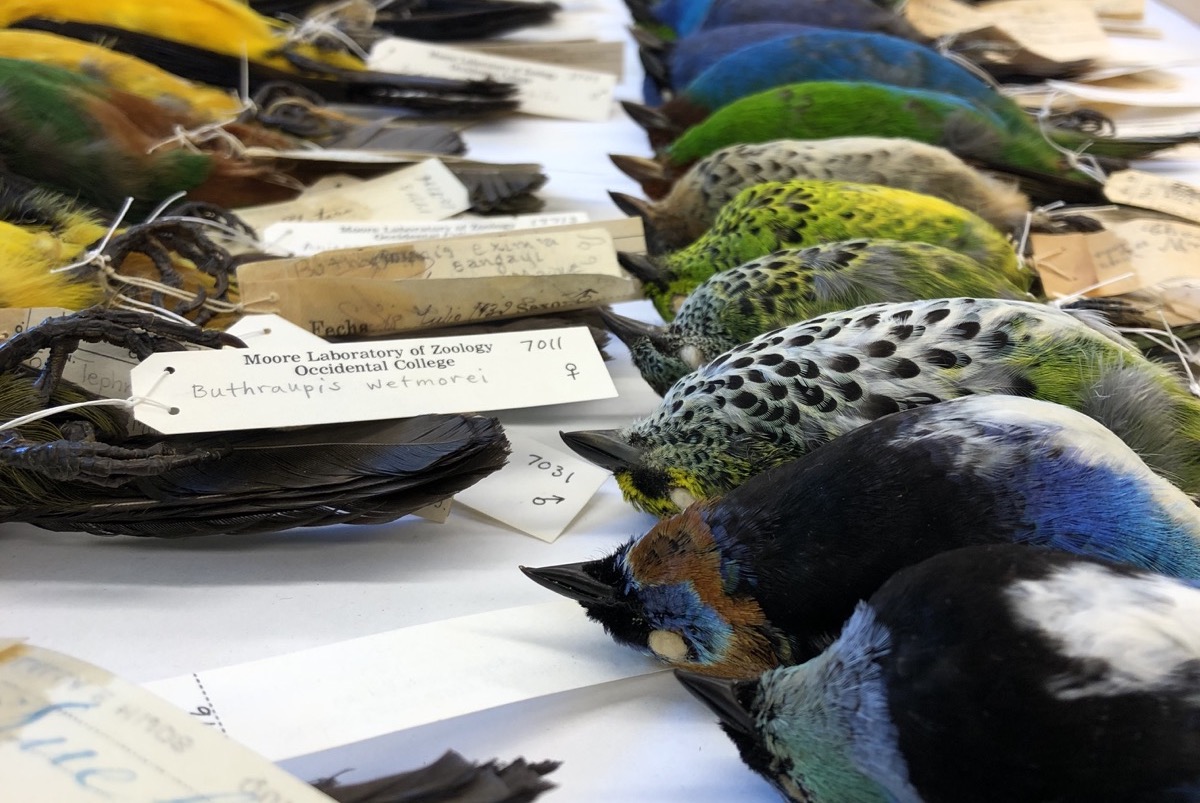Do Birds See In Color
Do Birds See In Color - Birds have additional color cones in their retina that are sensitive to ultraviolet range so they see colors that are invisible to humans. A bird’s eye is larger compared to its body size than any other animal. Birds see the world differently than humans. To other birds, this male’s magenta throat feathers likely appear as an ultraviolet+purple combination color. There are two types of tetrachromatic visual systems: Web as one might expect from the amazing diversity of colors and patterns exhibited by more than 10,000 bird species found in the world, birds can see color.
The basics of color perception. For starters, colors in the ultraviolet range are reflected by many flowers, fruits, and berries. There’s much more to learn about the importance of color vision in birds. Pigments are the chemical substances in animal. Birds actually see the world in more colors than people.
However, not all birds are great at perceiving uv light. Birds, on the other hand, have four types of photoreceptor cones, including an ultraviolet cone. Web as one might expect from the amazing diversity of colors and patterns exhibited by more than 10,000 bird species found in the world, birds can see color. Web while humans have just one nonspectral color — purple, birds can theoretically see up to five: Humans have three types of photoreceptor cones in their eyes: Web while humans see colors in wavelengths of 400 to 700 nanometers, birds dip into part of the ultraviolet spectrum, seeing 300 to 700 nanometers.
Bear in mind that the magenta uv “color” shown here has been chosen to make it visible to humans; Web there are two types of short wave color vision in birds: Bright colors signal to the hummingbird that it might be about to find a tasty nectar snack.
This Allows Us To See A Wide Range Of Colors, But We Are Unable To See Ultraviolet Light.
Humans have three types of photoreceptor cones in their eyes: “birds can see some ultraviolet colors that we can’t even describe,” says mccormack. Owls, for example, do not see colors as well as diurnal birds because their eyes are better adapted for seeing in low light conditions. The world must look very different through the eyes of a bird!
Web As One Might Expect From The Amazing Diversity Of Colors And Patterns Exhibited By More Than 10,000 Bird Species Found In The World, Birds Can See Color.
Web however, not every color is loved by every bird. Birds also have a drop of filtering oil in their cone color receptors. For starters, colors in the ultraviolet range are reflected by many flowers, fruits, and berries. Web while humans see colors in wavelengths of 400 to 700 nanometers, birds dip into part of the ultraviolet spectrum, seeing 300 to 700 nanometers.
This Will Enable Them To Hunt More Effectively For Insects And Fruit And Also Helps Them To Find A Mate And Navigate.
Web birds are among the most colorful of animals, which is, of course, one reason we find them so appealing. If you already have blooms in this palette, they will work to both disguise and enhance the birdhouse exterior, creating a colorful theme that both draws birds in and elevates your yard. While humans don’t see in uv spectrum, colors in those wavelengths appear brighter or iridescent to us. Web all birds can see color, but some species can see more colors than others.
You Might Be Surprised By The Colorful Worldview Of Birds.
A bird’s eye is larger compared to its body size than any other animal. The colors in the feathers of a bird are formed in two different ways, from either pigments or from light refraction caused by the structure of the feather. Birds have a fourth cone in their eyes, allowing them to see in ultraviolet. It is a “false color”;





